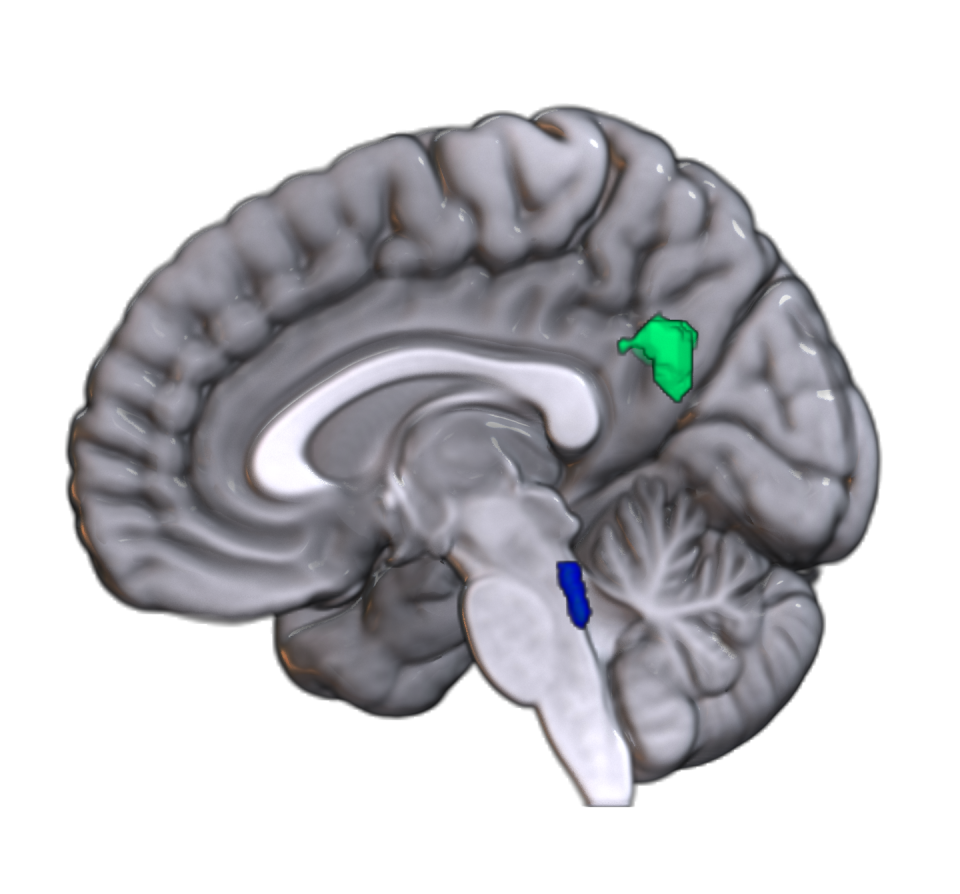Racism steals time from people’s lives—probably because of the space it takes up in the mind. In a new study published in the journal JAMA Network Open, our team showed that the toll racism takes on the brain is linked to advanced aging at the cellular level.
We found that black women who were more frequently exposed to racism showed stronger connections in brain networks related to rumination and alertness, which is linked to accelerated biological aging.
We are neuroscientists who use a variety of approaches, including self-reported data and biological measures such as brain scans, to answer questions about the effects of stressors on the brain and body. We also use this data to inform the development of interventions to help people cope with this stress.
Why is it important?
Aging is a natural process, but stress can speed up the biological clock and make people more vulnerable to the diseases associated with aging, from cardiovascular disease to diabetes and dementia.
Epidemiological studies consistently show that Black people experience these aging-related health problems at an earlier age than white people. Newer studies also show focal effects of aging on the brain, suggesting differences in brain aging between Black and white populations.
Racial stressors, including racial discrimination, affect the rate at which people age at a biological level. These experiences activate the stress response system and have been associated with greater activity in brain regions that process incoming threats. However, until now, researchers in our field have not understood how racism-related brain changes contribute to accelerated aging.
Racial discrimination is a common stressor that often goes unnoticed. It can look like a doctor questioning a black patient’s pain level and not prescribing painkillers, or a teacher calling a black child a “bum.” It’s a constant stressor that black people face from an early age.
Rumination—reliving and analyzing an event in a loop—and vigilance—being alert for future threats—are possible coping responses to these stressors. But rumination and vigilance require energy, and this increased energy expenditure has a biological cost.
In our study of black women, we found that more racial discrimination was linked to greater connectivity between two key regions. One, called the locus coeruleus, is a deep brain region that activates the stress response and promotes arousal and alertness, and the other is the precuneus, a key node in a brain network that is engaged when we think about our experiences and internalize or suppress our emotions.

These brain changes were linked to accelerated cellular aging, measured by an epigenetic “clock.” Epigenetics refers to changes in our DNA from the environment. Epigenetic clocks assess how the environment affects our aging at a molecular level.
Higher clock values indicate that someone’s biological age is greater than their chronological age. In other words, the space racist experiences take up in people’s minds comes at a cost, and can shorten lifespan.
Still unknowns
Although we saw links between racism, brain connectivity changes, and accelerated aging, we did not measure coping responses such as rumination and vigilance in real time—that is, at the moment when people experienced them.
We also do not know how other factors, such as neighborhood disadvantage, gender, and sexual orientation, influence accelerated aging and related health disparities.


What’s next?
Our next step is to use real-time measurement of everyday racism combined with physiological measures and neuroimaging to examine these research questions more deeply.
We want to know how different racial discrimination and coping styles affect brain and body responses. Better understanding these issues could lead to more prevention attention, such as programs targeting implicit bias in physicians and teachers. It could also inform interventions such as neuromodulation, which involves the use of external or internal devices to stimulate or inhibit brain activity. Neuromodulation can be used as a therapy aid to reduce stress.
A Research Summary is a brief summary of interesting academic work.
This article is republished from The Conversation, a nonprofit, independent news organization that brings you facts and trusted analysis to help you understand our complex world. Written by Negar Fani, Emory University and Nathaniel Hartnett, Harvard University
Read more:
Negar Fani receives funding from the National Institutes of Health and Emory University School of Medicine.
Nathaniel Harnett is an Assistant Professor of Medicine at McLean Hospital/Harvard Medical School. He receives funding from the National Institutes of Health, McLean Hospital, and Harvard Catalyst.